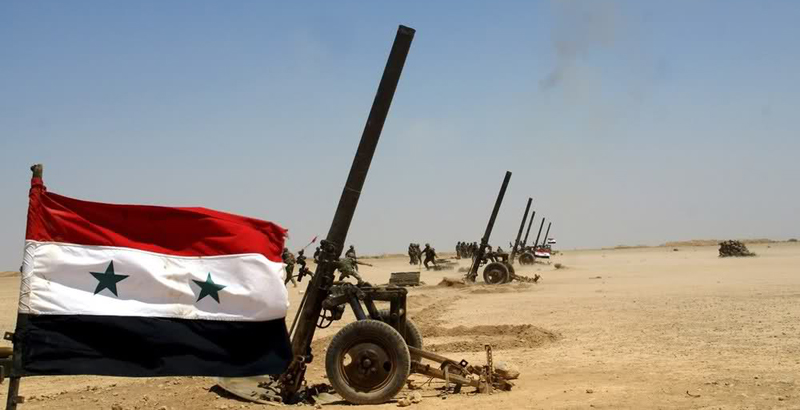The war in Syria has ‘reanimated’ the Soviet M-240 superpower mortars.

The M-160 mortars in Syria (Photo: ilfattoquotidiano.it)
The Syrian civil war has forced the country’s authorities to retrieve weapons, which were used in 1950s, from museums and send it to the front, the Defence informational website reported.
Initially, the M-240 used old expired ammunition. However, after the start of the military operation of the Russian Aerospace Forces, Syrian mortar men started to use more modern mortar shells, such as the Nerpa active-reactive shell with fragmentation submunitions.
The weight of the M-240 is more than four tons, the detachment consists of eleven people. The mortar tube should be mounted horizontally for loading. The maximum rapidity of fire of the M-240 is one shot per minute. However, this is enough for such firepower. In Afghanistan, the giant mortar eliminated terrorists, who were hindering advances of Russian troops, with the first shot.
The M-240s were replaced with the 2S4 Tyulpan self-propelled mortars in the Russian Army. As of 2016, a number of the M-240 is in service in Iraq and Syria.





